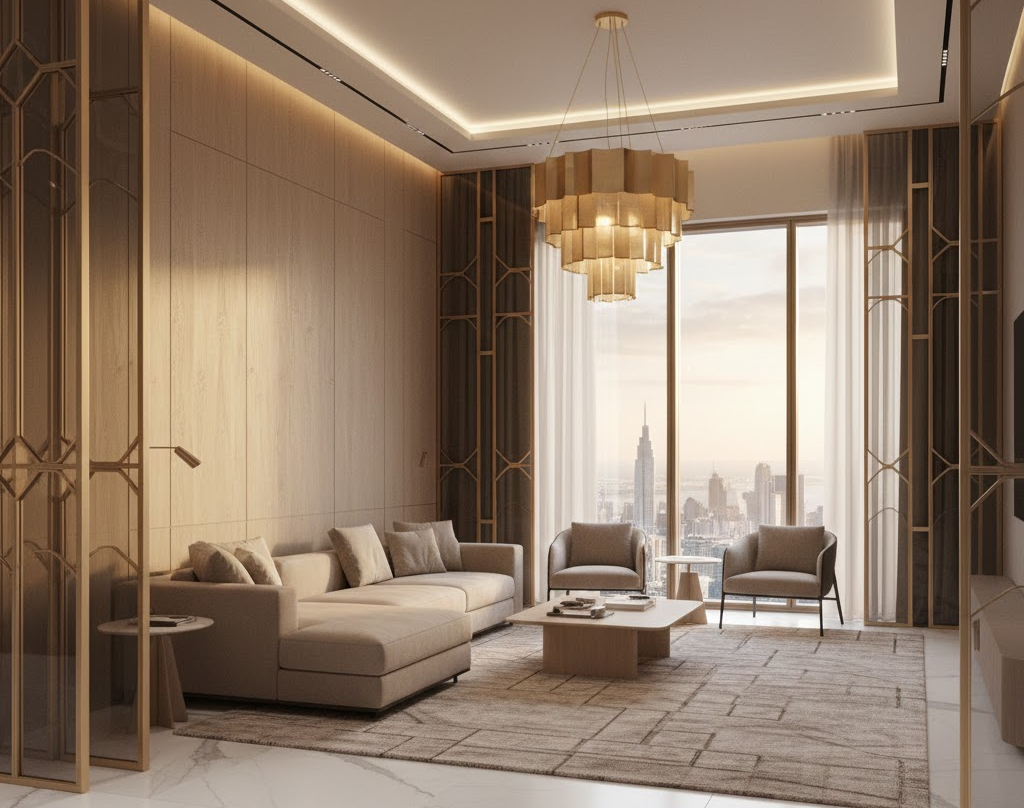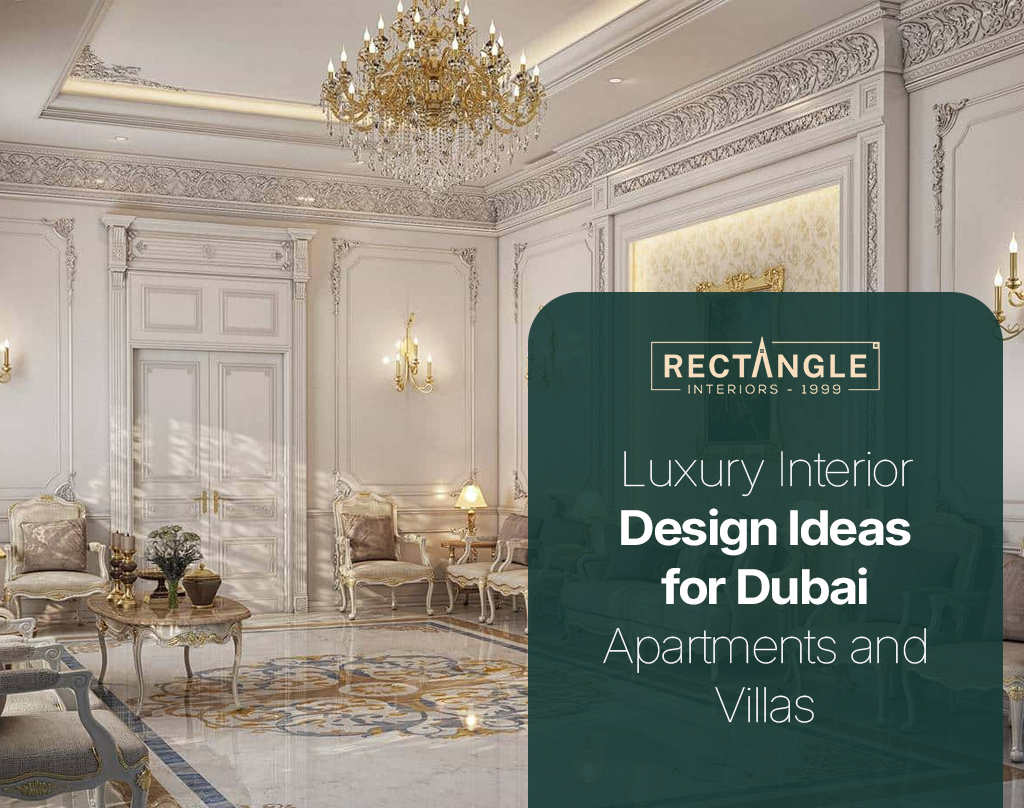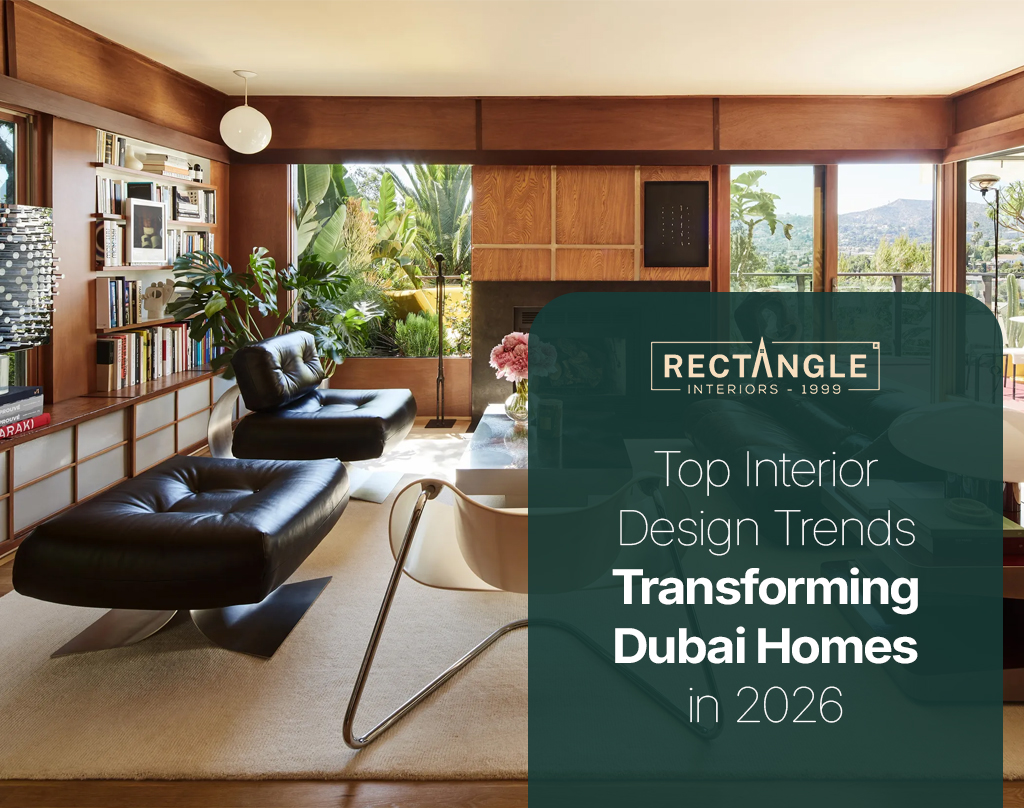Imagine walking into a room that instantly makes you feel relaxed. The colors are soft, the furniture fits perfectly, and there’s a quiet sense of comfort that makes you want to stay longer. You can’t always describe it, but you know it when you feel it. That’s the power of harmony in interior design.
At Rectangle Interior, we believe good design doesn’t just make a home look better. It makes life feel better too. In this blog, we’ll help you understand what harmony in interior design really means, why it matters, and how to create it in your own space. Whether you’re designing your forever home or updating a small apartment, this guide will show you how to create a room with harmony using simple design choices.
What is Harmony in Interior Design?
Harmony in interior design means all the parts of a room work well together. It’s not just about matching colors or choosing stylish furniture. It’s about creating a space where everything feels like it belongs. When your space is in harmony, it feels calm, comfortable, and whole.
So, what does harmony mean in interior design in simple words? It means balance, rhythm, and a feeling that the space is complete. Harmony makes a room feel peaceful. It gives you a sense that everything is in the right place, and nothing feels off.
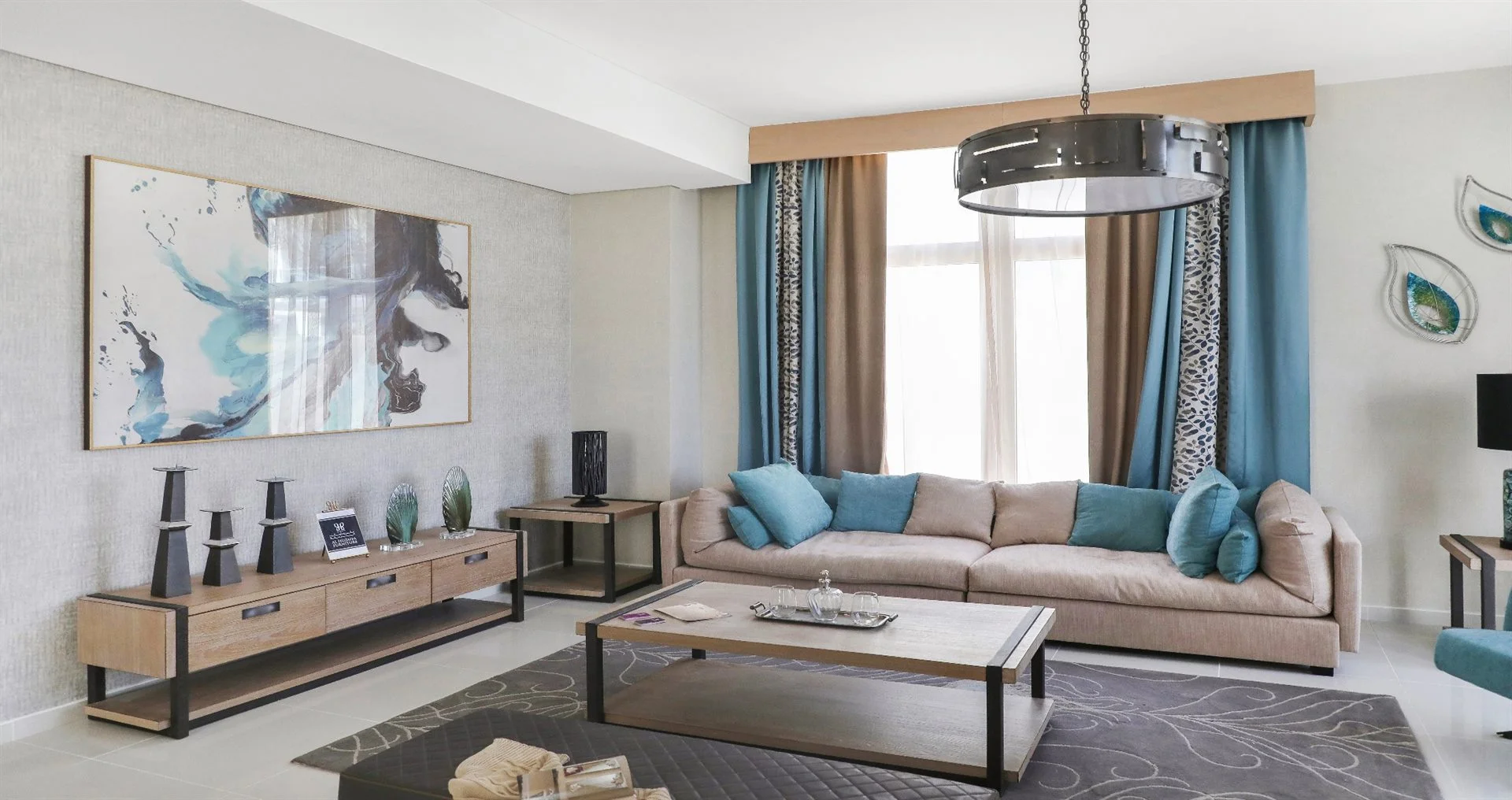
Why Harmony Matters in a Room
A room with harmony helps reduce stress. It’s easier to relax, focus, or even enjoy a cup of coffee when your surroundings are balanced. When the furniture, colors, and textures all feel connected, you feel better too.
Many people try to follow trends or fill their rooms with expensive items. But if those things don’t work together, the room feels messy or uncomfortable. That’s why harmony is more important than trendiness. It gives meaning to every design choice.
4 Pillars of Harmony in Interior Design
At Rectangle Interior, we believe that true harmony is built on four main design elements: Color, Texture, Form, and Function. Let’s break them down.
1. Color
Color sets the mood of a room. We often use the 60-30-10 rule to guide our color choices:
- 60% is the main color (walls, large furniture)
- 30% is the secondary color (curtains, smaller pieces)
- 10% is the accent (cushions, art, accessories)
We mix bold and soft tones to bring life and calm into one space. At Rectangle Interior, we also listen to what colors make you feel at ease. Some people feel calm with soft blues, others with warm earth tones. We build palettes that reflect your energy, not just the latest trend.
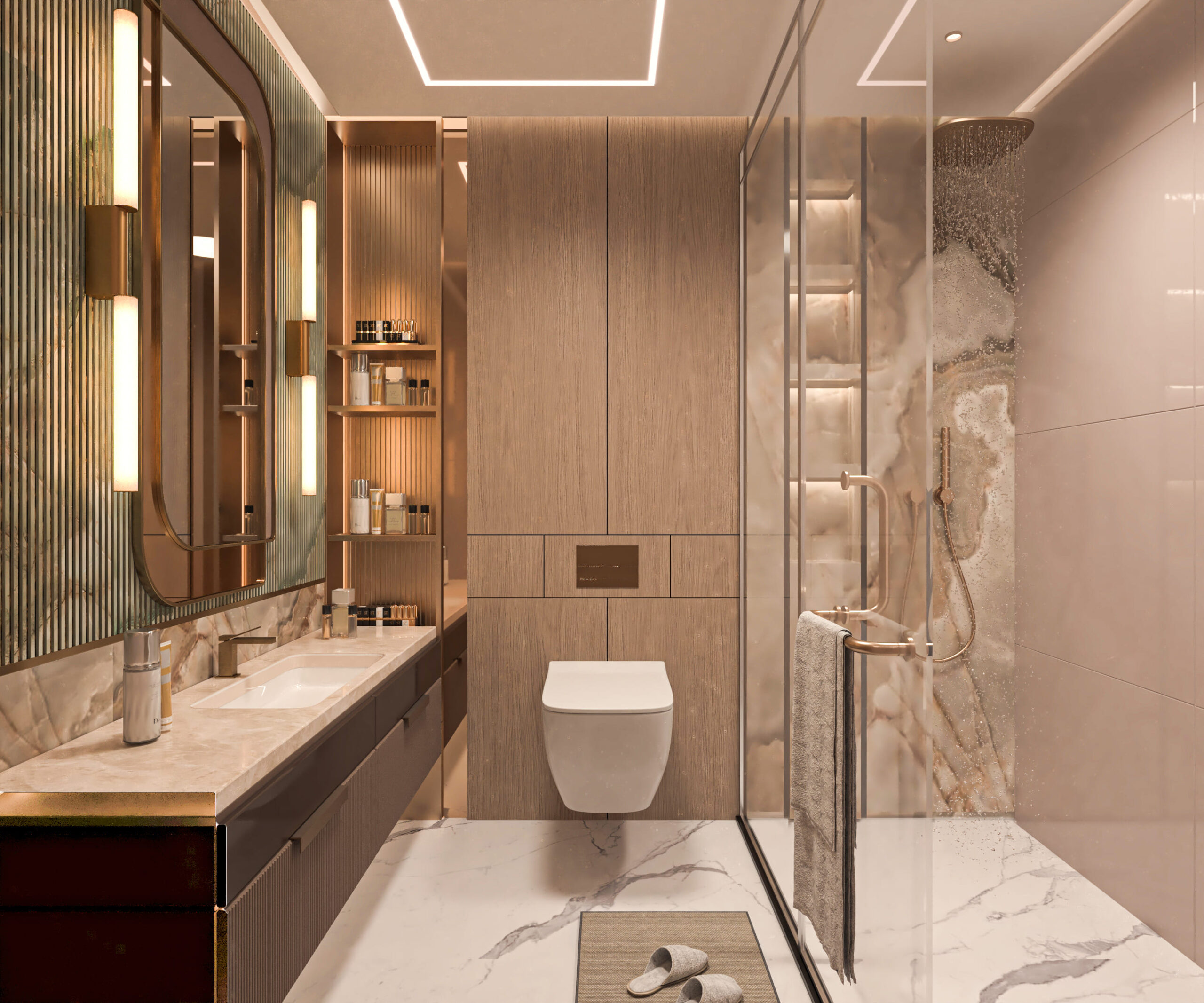
2. Texture
Texture makes a room feel interesting. A room with only smooth surfaces can feel flat and cold. But when you combine textures — like a leather sofa, a soft wool throw, and a rattan chair — the space feels richer and more inviting.
Mixing textures adds depth without making the room feel busy. It’s a key part of harmony.
3. Form and Shape
Shapes guide the eye. Curved furniture feels soft and welcoming. Straight lines feel neat and structured. We combine both to build a space that flows well.
For example, a round mirror above a rectangular console table balances contrast. If all the pieces in a room are square, the space may feel too rigid. If everything is round, it may lack order. Harmony comes from mixing forms in a way that feels natural.
4. Function and Flow
Design should match the way you live. A room isn’t just for looking good — it should also work well.
We plan layouts that make moving through the room easy. Every piece should have a purpose. When furniture blocks doorways or décor feels in the way, the space loses its flow.
In our work, we always ask: does this choice make the room easier to live in?
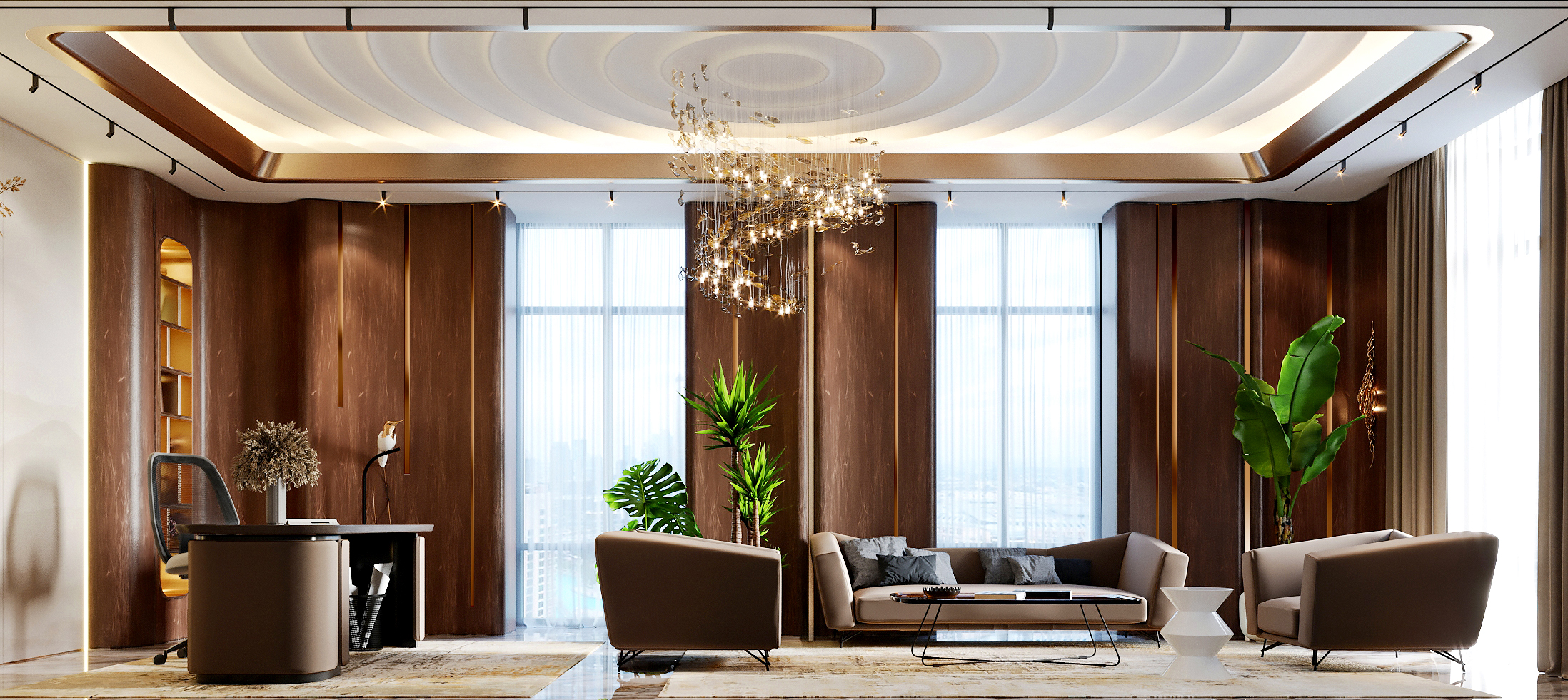
Common Mistakes That Disrupt Harmony in a Room
Even beautiful rooms can feel off when harmony is ignored. Here are a few common mistakes:
- Clashing Styles: Mixing ultra-modern furniture with vintage décor without balance can create tension.
- Over-decorating: Too many items on walls or shelves can make the room feel heavy.
- Poor Furniture Placement: Blocking windows or walkways ruins flow and function.
- Ignoring Negative Space: Not every spot needs to be filled. Empty areas give your eyes a place to rest.
How We Fix These at Rectangle Interior:
- We choose a main style and let other styles play a smaller role.
- We edit. Sometimes removing an item brings more harmony than adding one.
- We use floor plans to guide furniture placement.
- We leave breathing room so the design can shine.
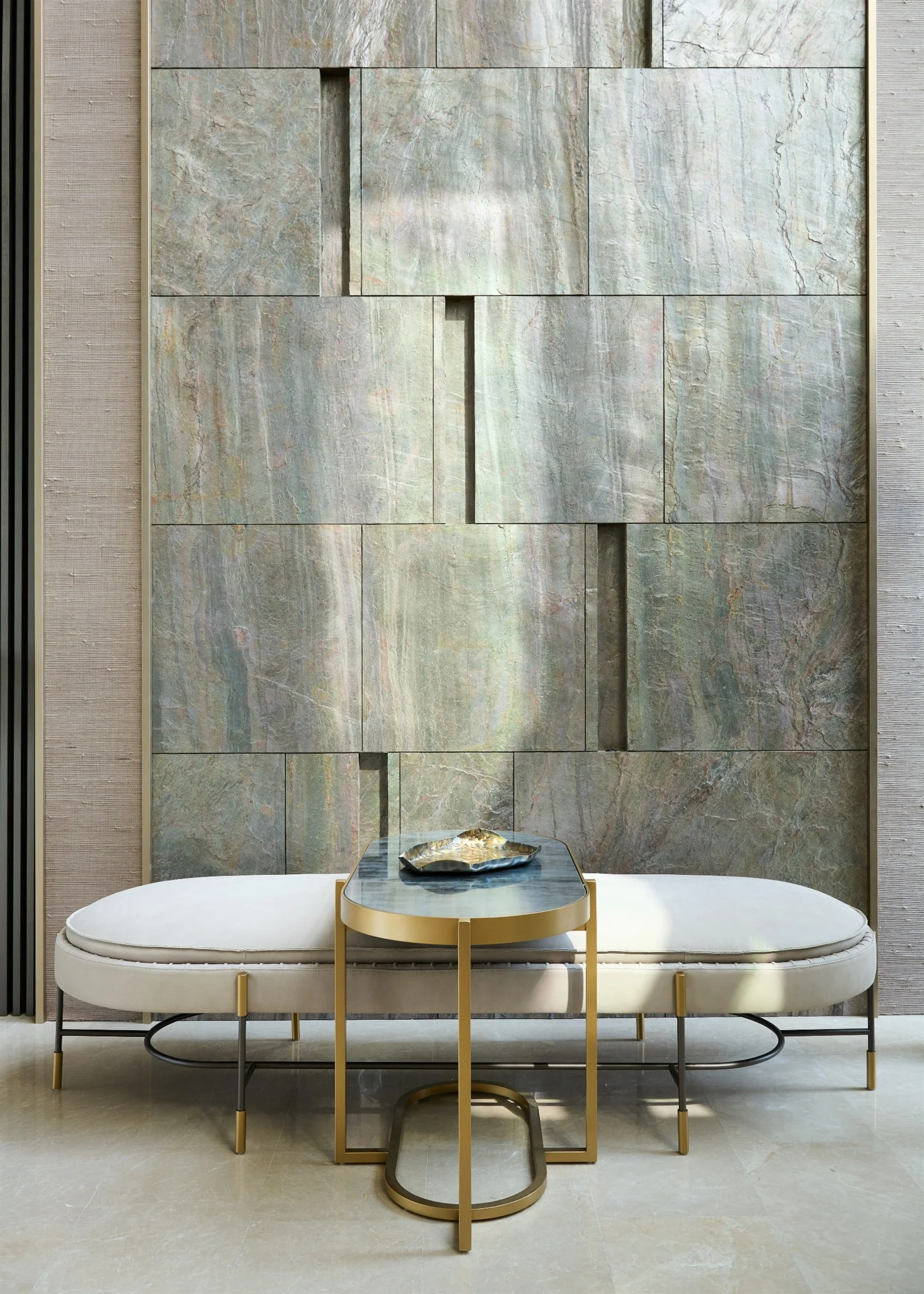
How to Create Harmony in Interior Design: Key Elements to Use
You don’t need to be an expert to bring harmony into your home. Start with the basics. Let’s look at the five main design elements that help create a room with harmony.
1. Color: Stick to a Simple Palette
Color is one of the easiest ways to build harmony. The right mix of colors can calm a space and tie everything together.
Use the 60-30-10 rule:
- 60% of the room is your main color (usually the walls).
- 30% is your secondary color (furniture, rugs, curtains).
- 10% is your accent color (pillows, lamps, or art).
This balance helps avoid chaos. For example, a soft beige for walls, warm brown for furniture, and teal or green as an accent can make a room feel warm and peaceful.
Avoid using too many colors. And if you’re going for bold tones, make sure they blend well.
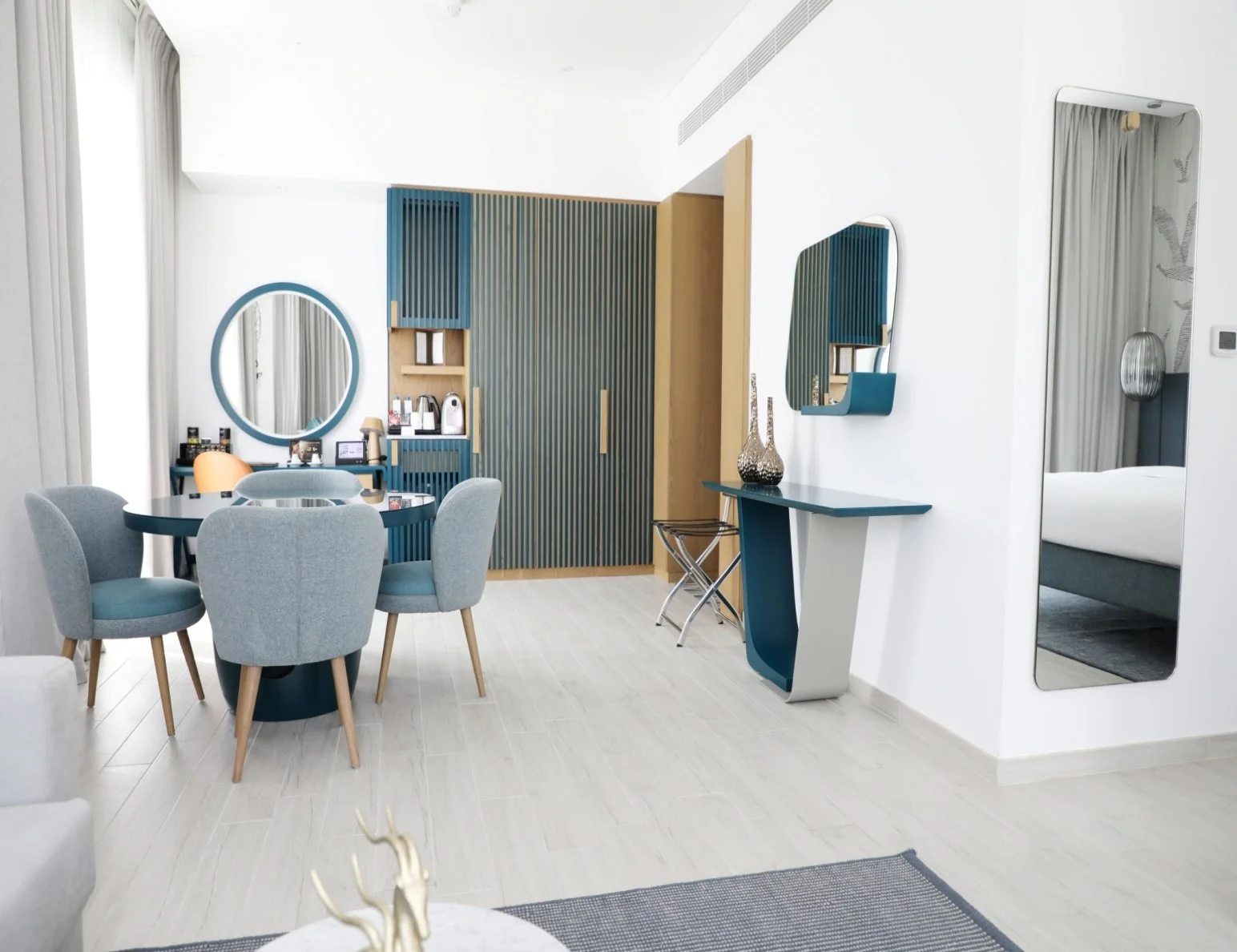
2. Texture: Mix Different Materials
Texture gives a room depth and warmth. It’s how things feel—soft, rough, shiny, or matte.
If everything in the room feels the same—like all smooth or all rough—it can get boring. Mixing textures keeps things interesting but still balanced.
For example, try combining:
- A soft fabric sofa
- A wooden coffee table
- A metal light fixture
- A fluffy rug
This variety helps create harmony in a room without making it feel busy. Try not to overdo it. Use 2-3 types of textures per room to keep things simple.
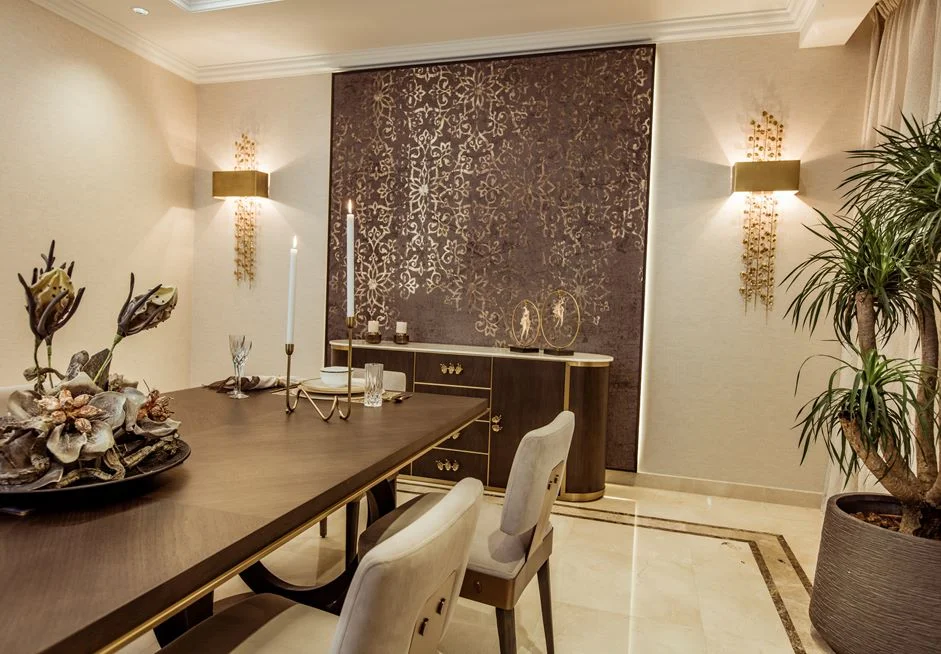
3. Form: Mix Shapes for Balance
Form refers to the shapes in your room—square, round, curved, or abstract.
Geometric shapes like squares and rectangles give a space structure. Curved shapes like round tables or arched mirrors make the room feel soft and welcoming. Abstract shapes, like unique light fixtures or artistic chairs, add character.
A room with harmony usually has a mix of these shapes. For example:
- A rectangular sofa with round pillows
- A square dining table with curved-back chairs
- A large mirror with a soft, arched frame
This mix keeps the space from feeling too stiff or too chaotic.
4. Emphasis: Choose One Focal Point
Every room should have one thing that grabs attention—a focal point. This could be a large painting, a bold light fixture, or a beautiful rug.
The rest of the room should support this main feature. If there’s no focal point, the room feels flat. But if you have too many, it feels confusing.
For example, in a bedroom, the bed can be your main feature. You can then add smaller details like bedside lamps or art that support the look, without stealing attention.

5. Rhythm: Make the Room Flow
Rhythm is how your eyes move around the room. It’s created through repetition—like using similar shapes, colors, or patterns in different areas.
For example, you might:
- Use the same wood tone in your coffee table and picture frames
- Repeat a color from your rug in your pillows
- Place tall items (like lamps or vases) at similar heights across the room
Rhythm helps a room feel balanced and connected. When all parts of the space lead you from one area to another, that’s when you know you’ve built harmony.
Bonus Tips: How to Build a Room With Harmony
If you’re starting from scratch or refreshing a space, here are some simple steps:
- Pick a base color palette — Choose 3-5 colors that go well together.
- Select your textures — Mix soft and rough materials.
- Plan the shapes — Combine straight lines and curves.
- Choose your focal point — Build the room around one feature.
- Repeat patterns or colors — Use them across the space for rhythm.
- Step back and observe — If something feels off, remove or move it.
Harmony isn’t about perfection. It’s about how a room makes you feel.

Harmony in Interior Design: Final Thoughts
So, what is harmony in interior design? It’s the feeling of calm, comfort, and connection that fills a space when everything works together. It doesn’t matter if your home is big or small. When your space is in harmony, it feels right.
As a top interior design company in Dubai, Rectangle Interior helps you create rooms that feel just like that. Whether you want a home that’s cozy, stylish, or calm, we help you tie it all together. Because harmony in a room isn’t just about design. It’s about how you live in it.
Ready to create a home that feels complete? Let’s make it happen.





